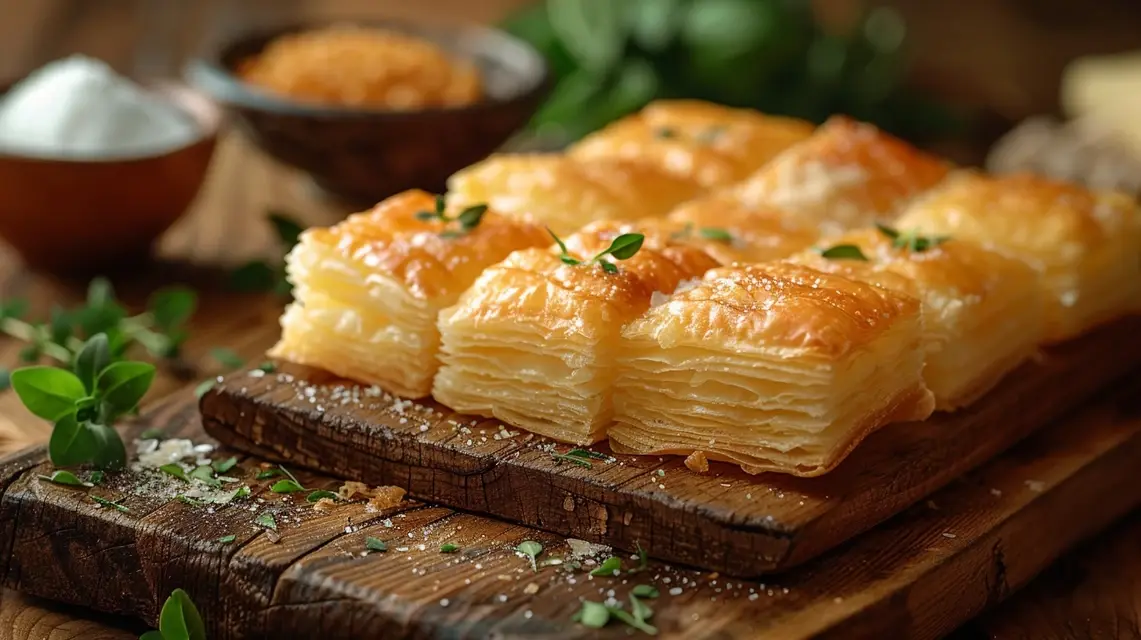The Cultural Legacy of Kataifi Desserts
Among the many desserts of the Mediterranean, few carry as much cultural depth and symbolic meaning as kataifi. With its delicate shredded pastry, nut fillings, and syrupy sweetness, kataifi is more than a culinary creation—it is a dessert that has left a lasting cultural legacy. Its presence at celebrations, family gatherings, and religious festivals has ensured its place not only on the table but also in the identity of entire communities.
The Enduring Symbolism of Kataifi
Kataifi’s golden threads are often seen as a metaphor for continuity, weaving together past, present, and future. For centuries, families have relied on kataifi as a dessert that brings people together, making it a symbol of unity, prosperity, and joy. Its sweetness also carries the cultural meaning of wishing blessings upon those who share it.
Kataifi as a Marker of Identity
Across Greece, Turkey, and the Levant, kataifi has become a marker of cultural identity. While recipes differ, its essence remains tied to traditions of hospitality, celebration, and family. The dessert connects communities to their heritage and reinforces a sense of belonging.
Kataifi Through the Ages
The history of kataifi spans centuries, evolving through trade routes, empire influences, and local adaptations. Despite these changes, it has retained its place as a dessert of significance. Its ability to adapt while remaining rooted in tradition demonstrates its resilience and cultural importance.
A Legacy of Shared Recipes
Generations have passed down kataifi recipes, often handwritten in family cookbooks or shared orally from grandparents to grandchildren. These recipes act as cultural heirlooms, ensuring that each family preserves its version of the dessert while contributing to the broader culinary tradition.
The Social Role of Kataifi in Communities
Kataifi is rarely eaten in solitude—it is a communal dessert meant to be shared. At weddings, festivals, and community feasts, large trays of kataifi are prepared for guests, reinforcing its role as a dessert that strengthens bonds and brings joy to social occasions.
Kataifi as a Bridge Between Cultures
Because kataifi is enjoyed across multiple regions, it serves as a cultural bridge. Its variations across countries highlight shared traditions, while its distinct flavors reflect regional diversity. This dual role makes kataifi a dessert that unites while celebrating uniqueness.
Kataifi’s Modern Legacy
In today’s culinary world, kataifi continues to inspire chefs who use its pastry strands in innovative ways. From gourmet interpretations to fusion desserts, kataifi adapts while retaining its symbolic role. Its legacy continues not only in traditional homes but also in modern gastronomy.
Conclusion: A Sweet Cultural Heirloom
The cultural legacy of kataifi desserts lies in their ability to embody tradition, memory, and identity. More than a dish, kataifi is a cultural heirloom that continues to weave together the threads of community, family, and history. Its place on the table ensures its place in cultural memory for generations to come.
Related reading: Continue exploring the heritage of Mediterranean sweets in our Kataifi Dessert Traditions collection.




